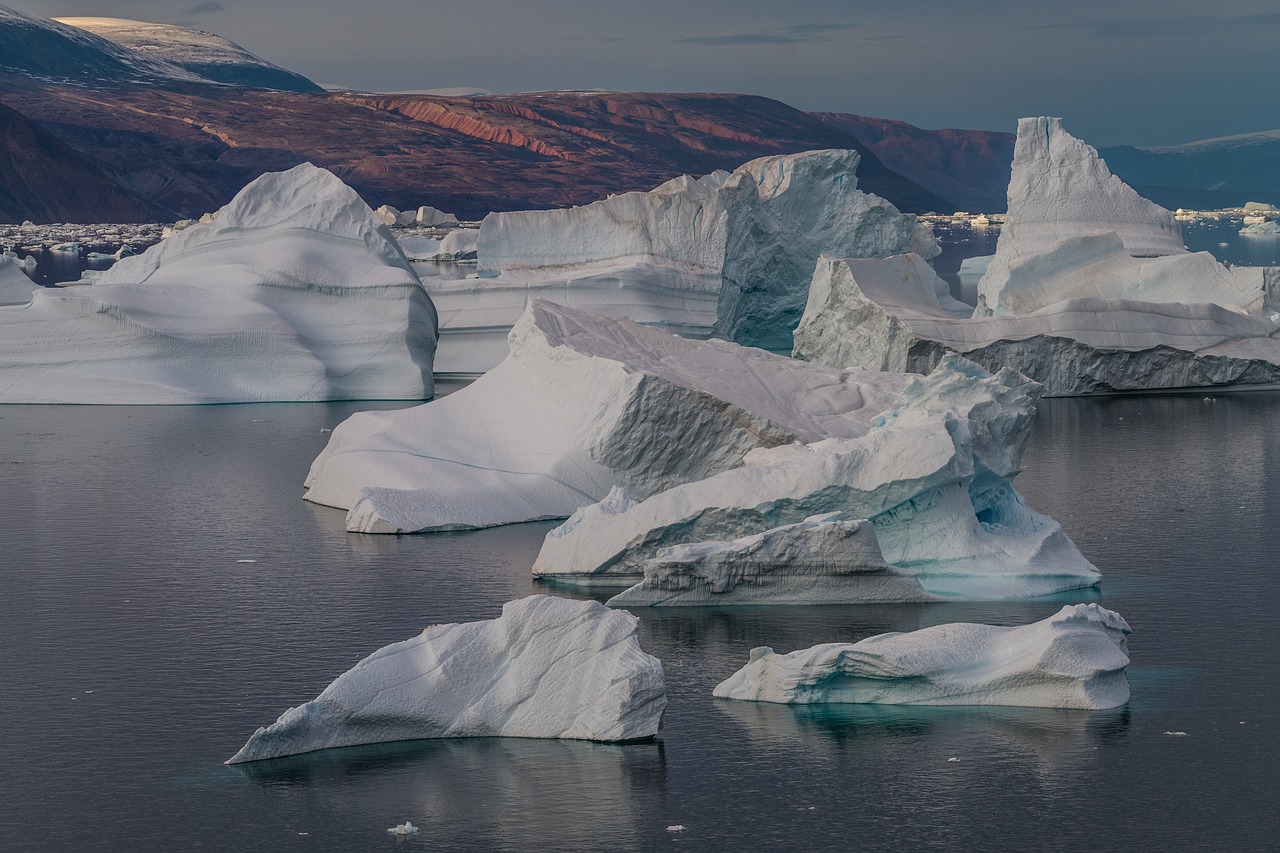Media release
From:
Climate change: Arctic ocean may absorb less CO2 than projected due to coastal erosion
Increasing coastal erosion may be reducing the Arctic Ocean’s ability to absorb carbon dioxide, according to a modelling study published in Nature Climate Change. The authors project that the annual increase in atmospheric carbon dioxide due to permafrost erosion by 2100 may be equivalent to about 10% of European car emissions in 2021.
The Arctic is known to be particularly sensitive to climate change as a result of human activity and is warming about four times faster than the rest of the planet. Rising temperatures increase the thawing of Arctic permafrost (ground that is frozen all year round) allowing for faster coastal erosion in the region, which is projected to increase by a factor of 2–3 by the year 2100. This erosion increases the supply of organic matter from the land into the Arctic Ocean, but the consequences of this on the biological and chemical processes in the water column are unclear.
David Nielsen and colleagues utilized an Earth system model to test how increased carbon and nutrient levels could affect the Arctic Ocean’s future seasonal carbon dioxide cycle. They found that previous climate modelling may have misrepresented the Arctic Ocean’s uptake of carbon dioxide from the atmosphere, by not including the areas worst affected by coastal erosion, which release more carbon than they absorb. This occurs because eroded organic matter is quickly metabolized by bacteria that release carbon dioxide, which increases surface water acidity so that less atmospheric carbon dioxide can be absorbed.
This erosion is projected to reduce carbon dioxide uptake from the atmosphere by up to 13.2 billion kilograms of carbon per year by 2100, which is about 7–14% of the inner Arctic Ocean uptake. Nielsen and colleagues also projected that coastal permafrost erosion may exert a positive feedback loop on the climate, increasing atmospheric carbon dioxide by 1–2 billion kilograms of carbon per year for every degree Celsius that global surface air temperature increases.



 International
International


